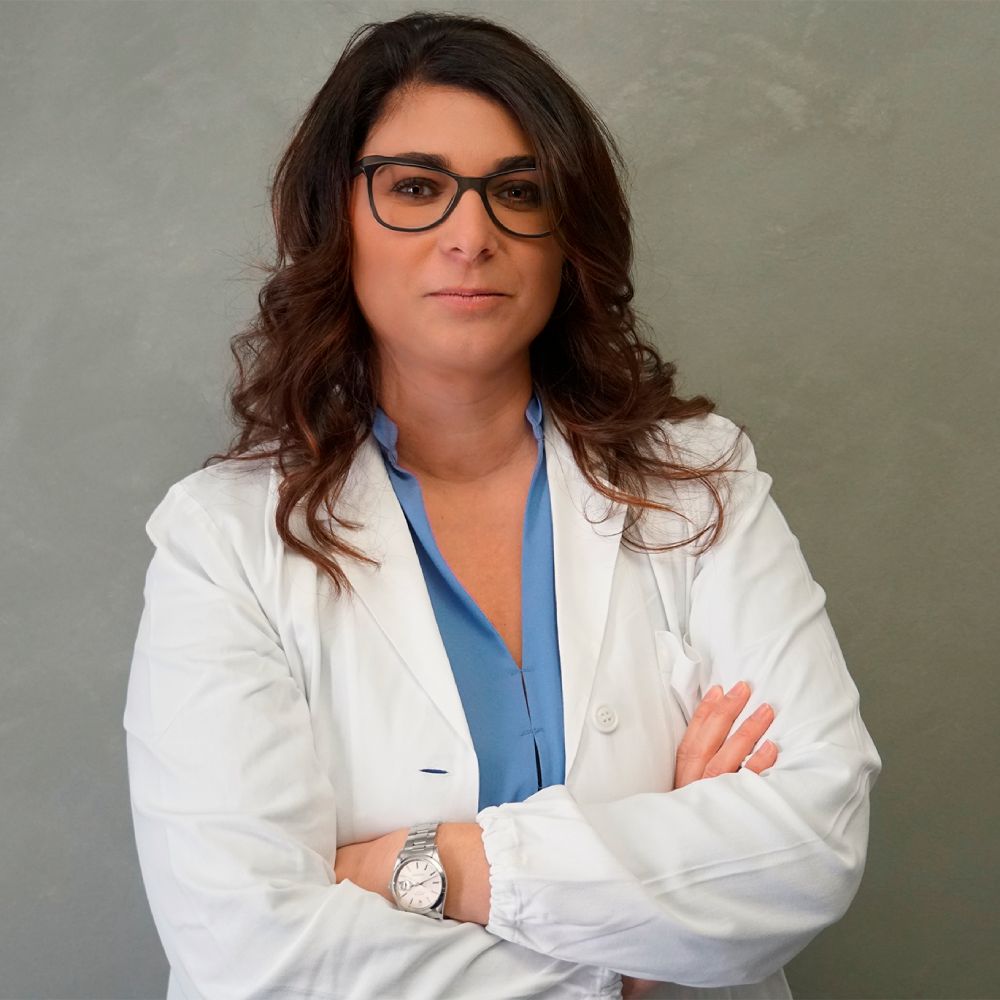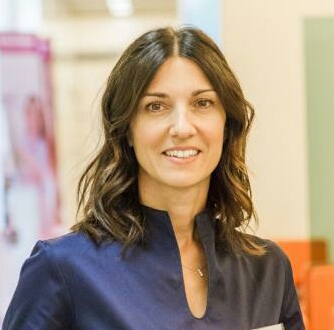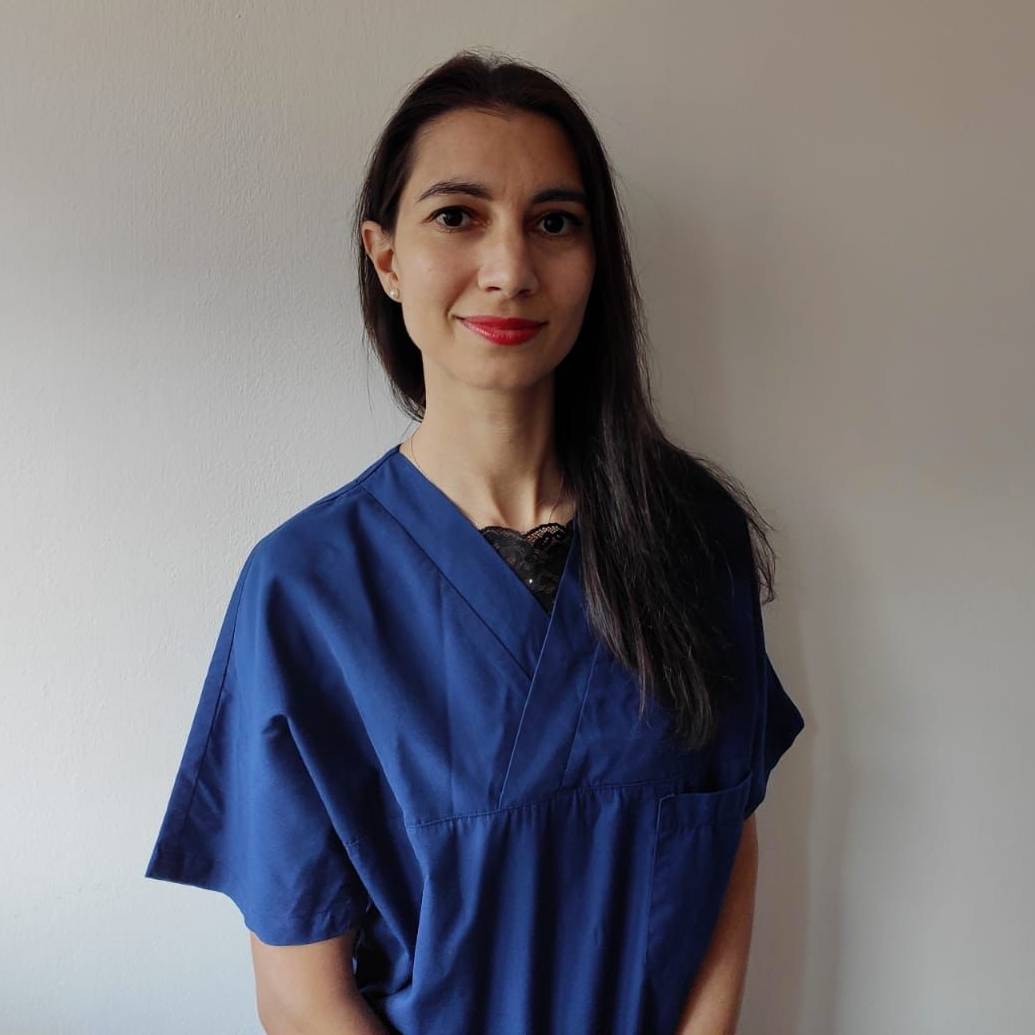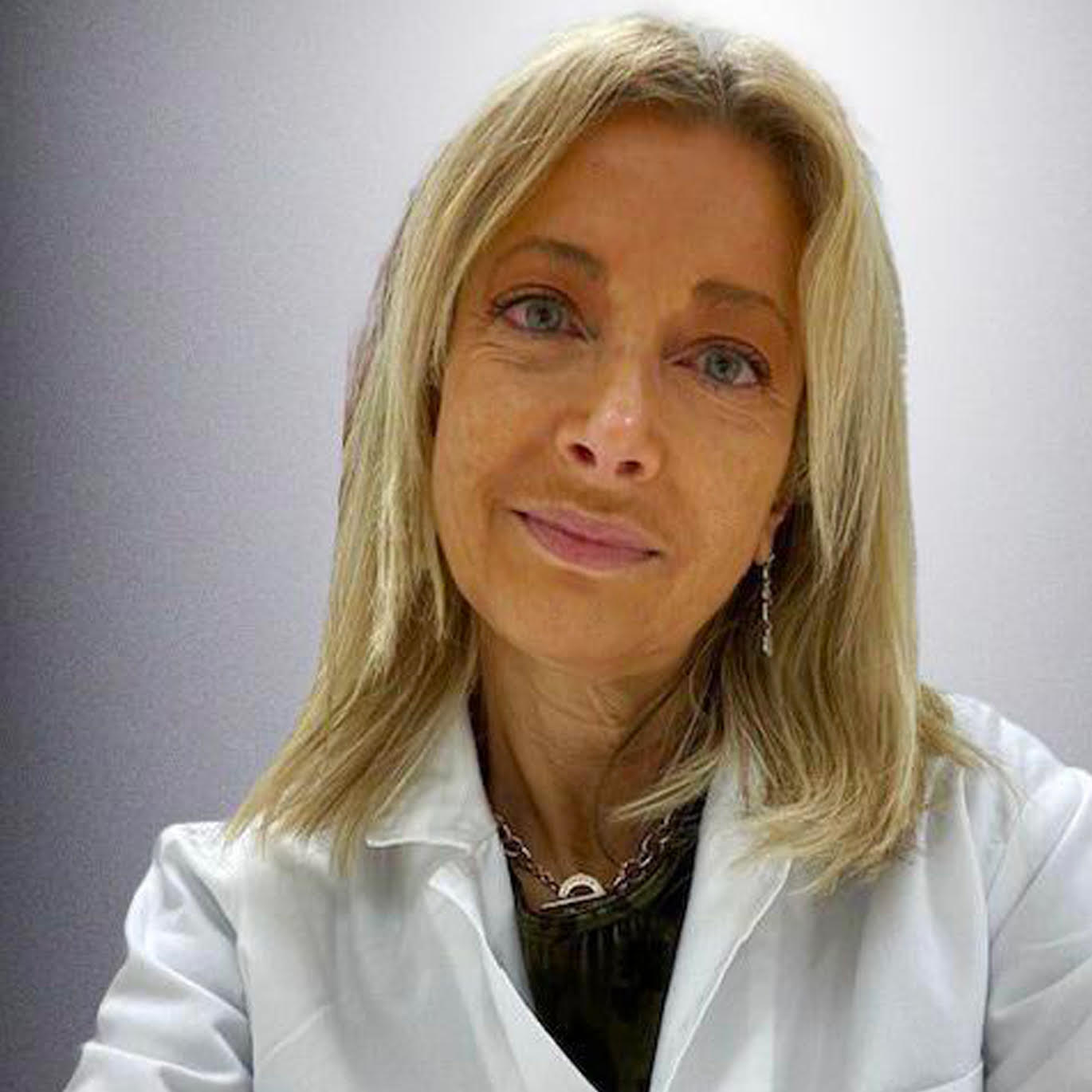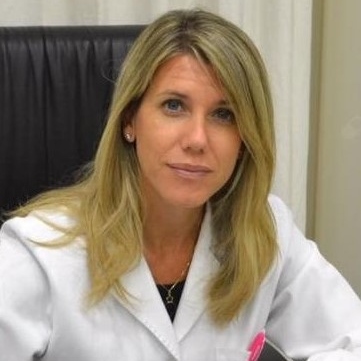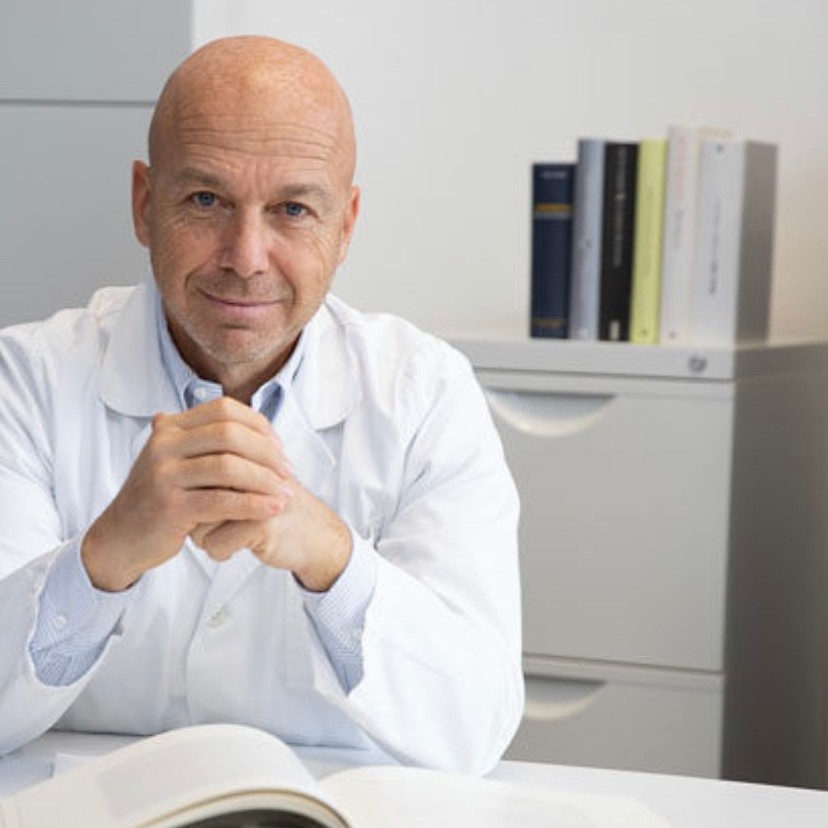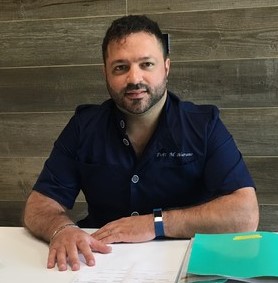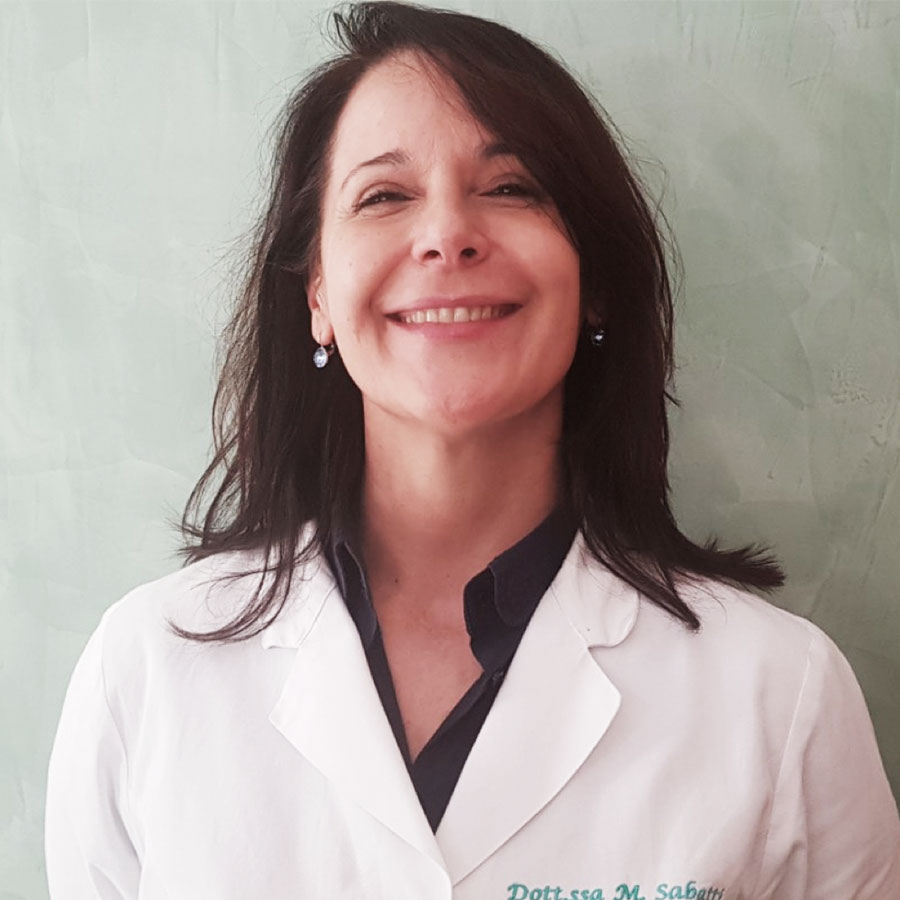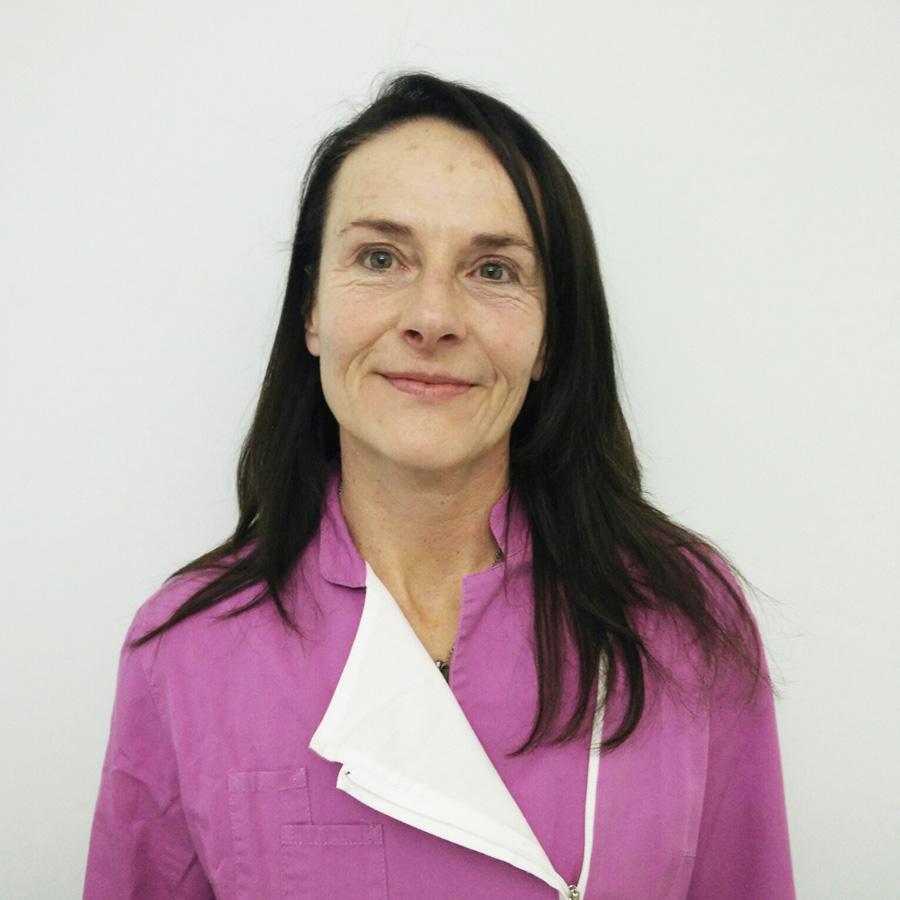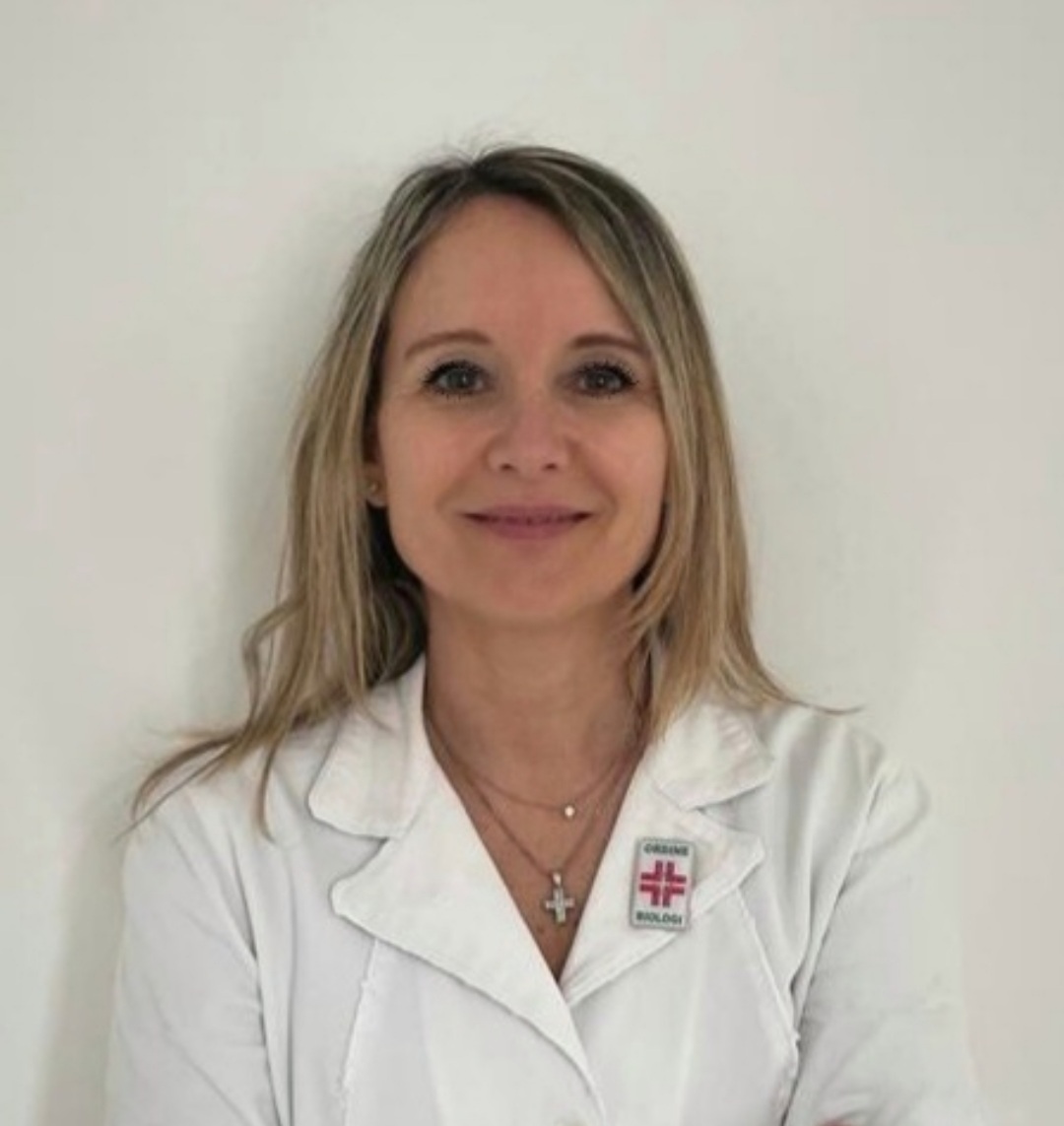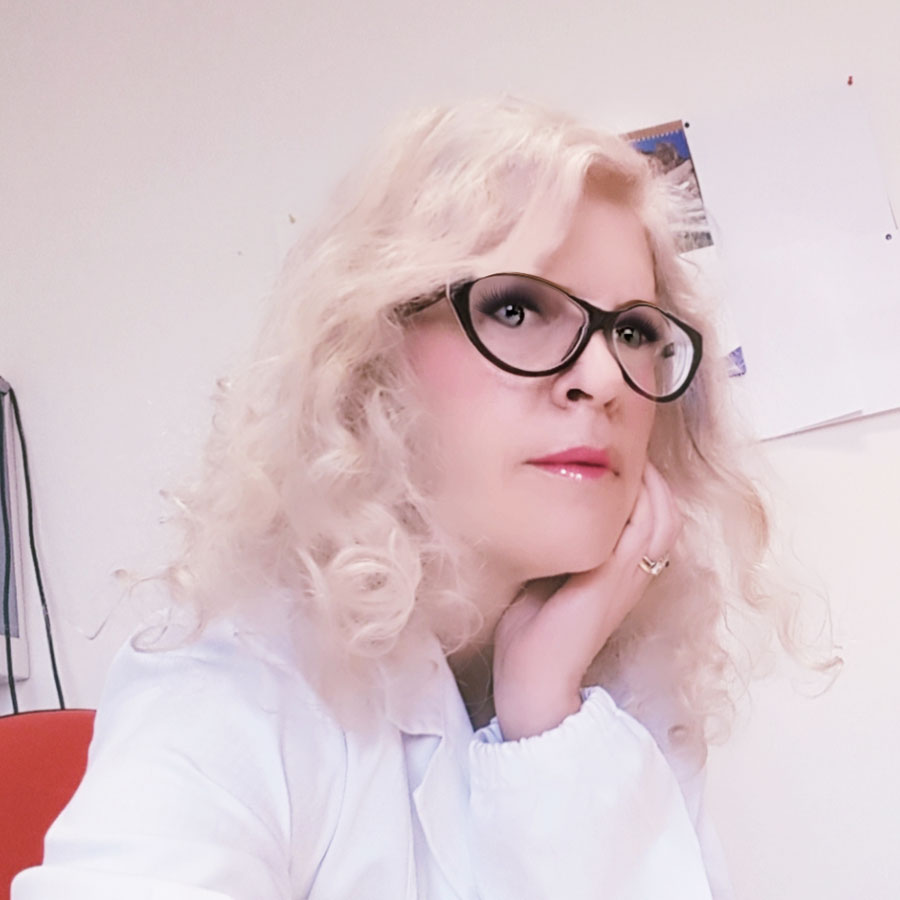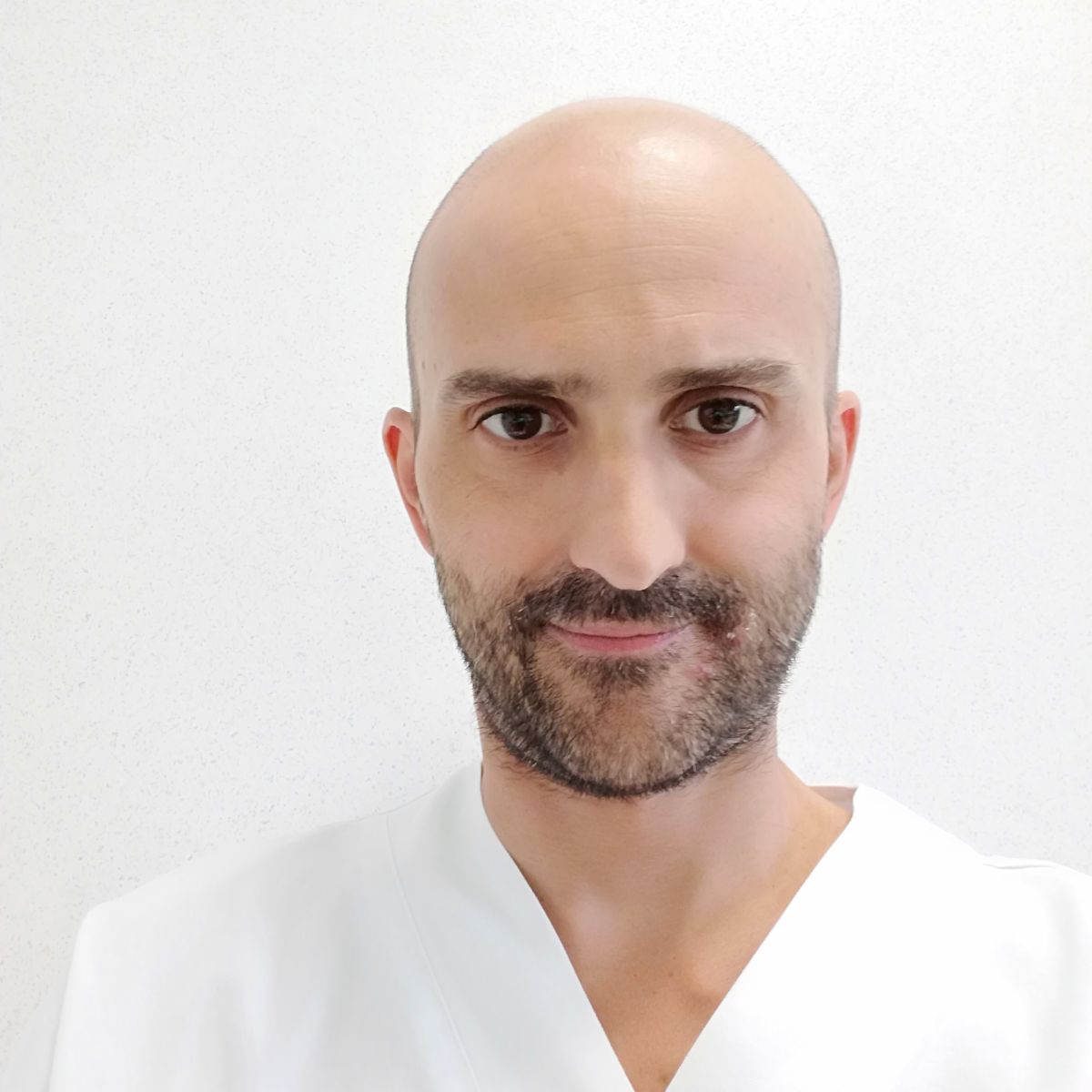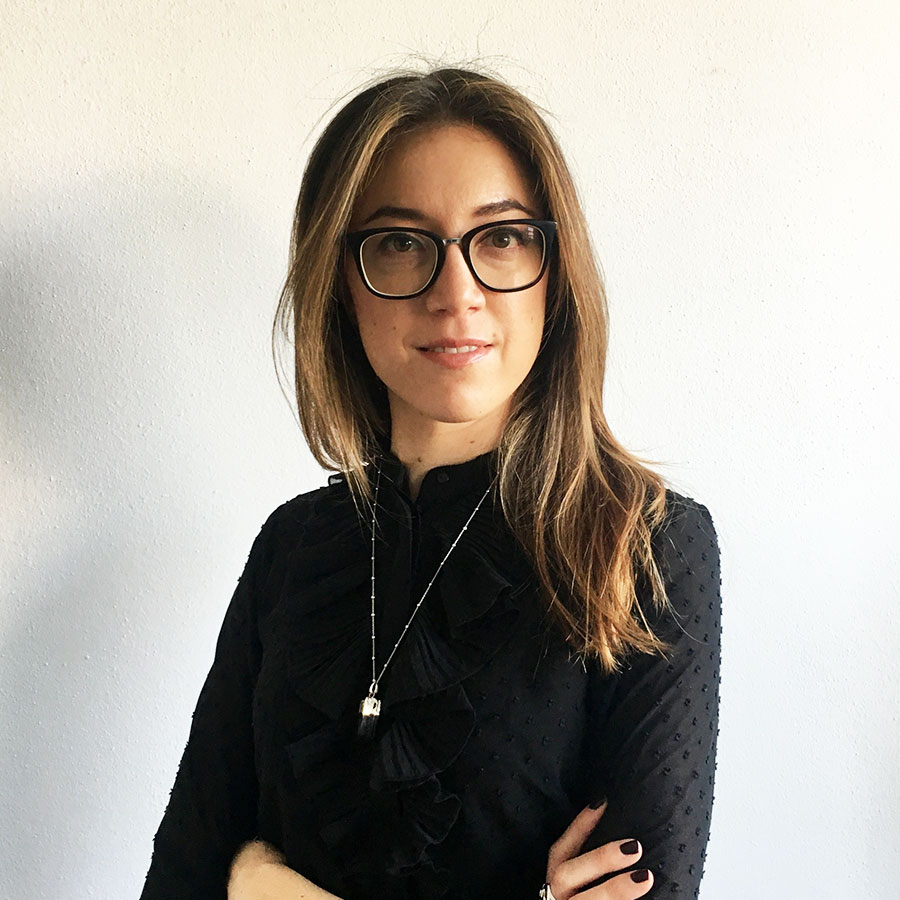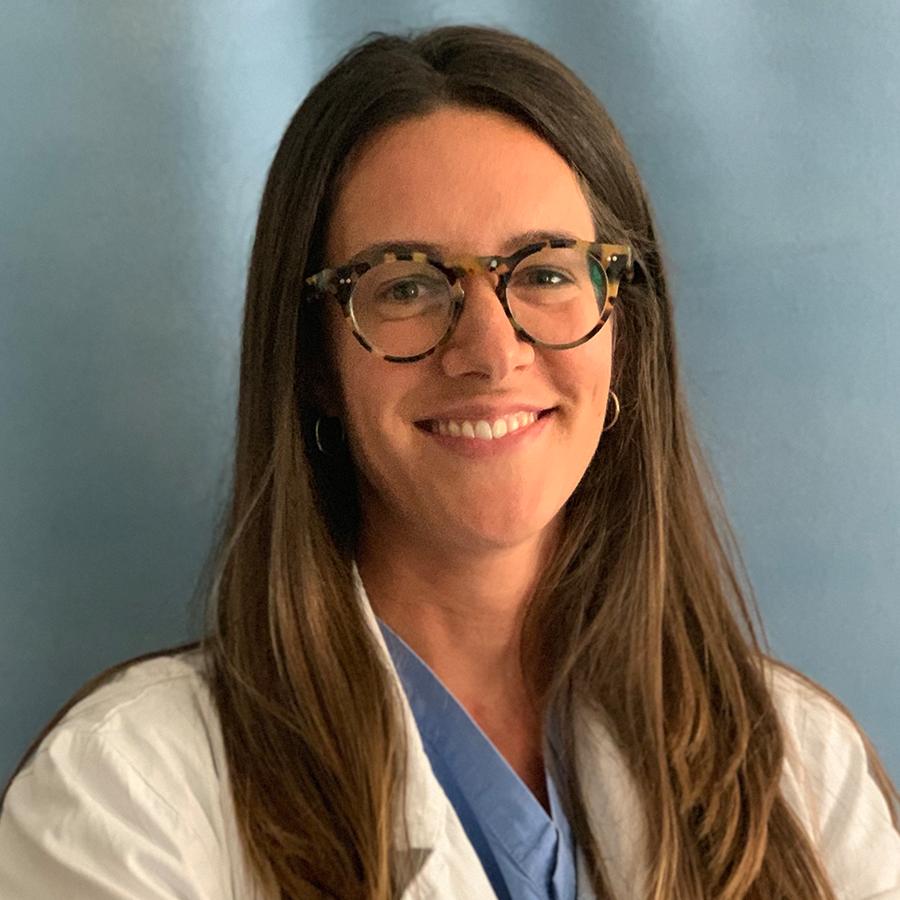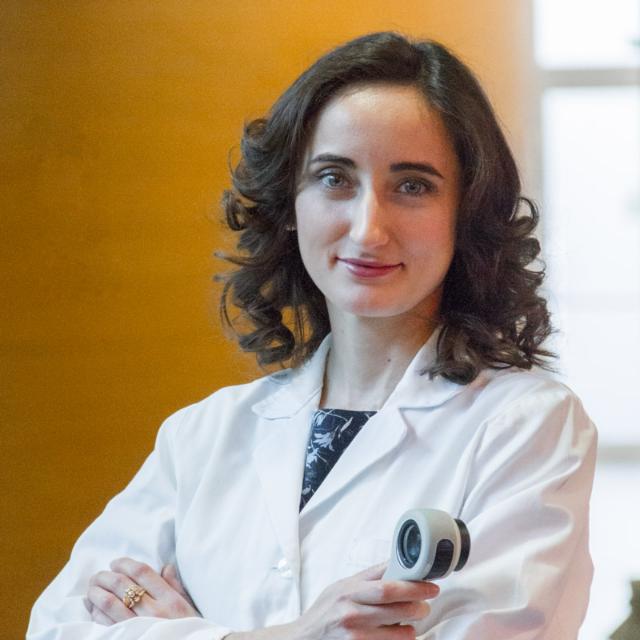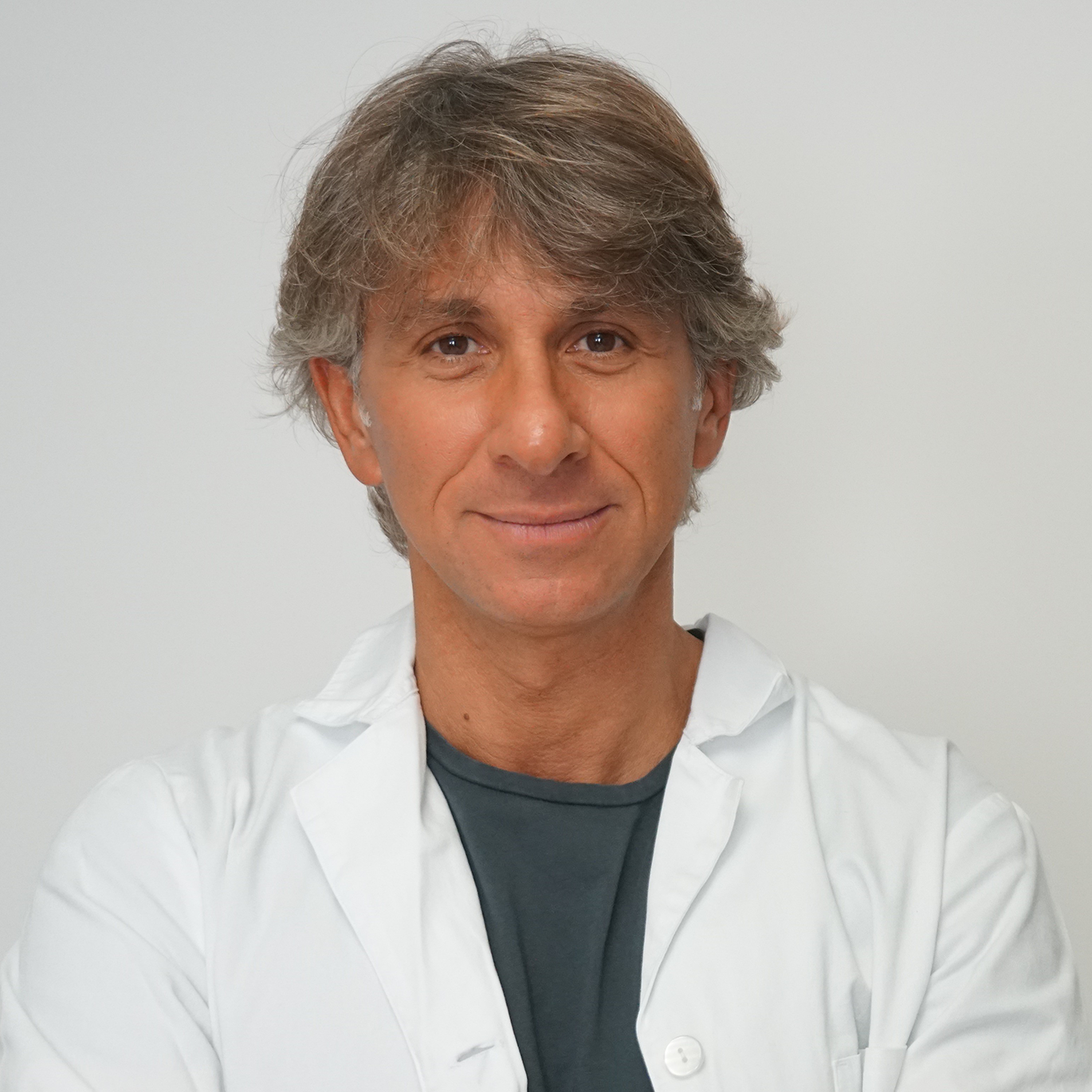SERVICES
Dermatology & Functional Dermatology
The skin may present numerous benign and malignant neophytes. Therefore, surgical dermatology can have oncological or aesthetic purposes by dealing with the surgical treatment of those skin pathologies that require it. The traditional surgical approach, often indispensable for the treatment of malignant neoplasms, has been accompanied by less
invasive therapies.
Modern laser instruments allow effective and aesthetic results. The specialist has at his disposal several techniques that he can use depending on the need, such as: curettage (manual removal of superficial skin lesions), cryotherapy (which causing a “cold burn” is able to destroy diseased tissues”) and diathermocoagulation (high frequency electric current leading to immediate scarring.)
Aesthetic Medicine
The care of the person and the search for a healthier skin, today are demands in constant increase. The Aesthetic Doctor who intends to meet these requests must not only know in depth both the hormonal problems and the physiopathological processes peculiar to the skin, but constantly engage in specific updates, knowledge of materials and new techniques in continuous evolution. Aesthetic medicine allows to restore the balance of the skin improving the quality and some imperfections related to age and other external causes (sun exposure, smoking) and the therapies and treatments proposed are personalised and you can choose from the many available:
– Peeling (to improve skin texture)
– Fillers and treatments with hyaluronic acid (the facial fillers are the latest generation, minimally invasive and useful to reduce the effects of skin ageing with a volumizing and plumping action of the epidermis)
– Botulinum toxin (to reduce expression wrinkles)
– Biostimulators with revitalisation (to stimulate cell turnover by increasing skin tone and radiance)
– Polylactic acid wires ( lifting fabrics for lifting effect)
– Non-surgical blepharoplasty (to lift the eyelids and brighten the eyes)
Laser therapy
LASER therapies with various types:
● CO2 Carbon Dioxide Laser (technique to vaporize the various dermatological lesions
in particular seborrheic and senile keratosis, pendulous fibroids and pathologies that
can be found almost everywhere on the skin surface)
● ALEXANDRITE hair removal laser (allows selective photothermolysis of the hair
bulb, root, and does not damage the surrounding skin.)
● Ablative and non-ablative fractional laser for scarring and acne scars
● Q-SWITCHED laser for stain treatment and tattoo removal.
● Vascular laser for capillaries of the face, nose or cheekbones or the characteristic
redness of couperose or rosacea. With this laser you can also treat the capillaries of
the lower limbs.
● HI FU stands for High Intensity Focused Ultrasound. In aesthetics, the target of
treatment is fat cell or tissue contraction.
● IPIX is the revolutionary solution to skin rejuvenation through Skin Resurfacing, an
innovative technique that generates targeted heat deep in the tissues.
General Surgery and Phlebology
In addition to small dermatological surgery, we deal with:
● CARBON DIOXIDE LASER (CO2): This laser emits a very hot beam and its target is water; being water in all skin structures, this specific laser has no selectivity and its use leads to the destruction by thermal carbonization of both benign and malignant skin neoplasms. In addition, it has always been used for the removal of defective skin layers such as scars. For some years, however, the possibility of using it in fractional mode has allowed it to extend its use also for ablative photorejuvenation.
● CARBOXYTHERAPY: Treatment of cellulite: by increasing the basic metabolism and the cutaneous blood flow, it reduces adiposity and improves local circulation.
● SCLEROTHERAPY: Medical treatment that allows for small capillary vessels in the legs.
● PLEXER: The innovative method that uses the fourth state of the material to restore tone to the fabrics. Non-invasive, effective in a short time and long-lasting
Clinical Nutrition & Dietology
Specialists in Food Science (Doctors-Surgeons Nutritionists or Dieticians and Nutritionists Biologists) study the various fields of diets and nutrition (physiology of nutrition, biochemistry of nutrition, allergies and food intolerances, elaboration of specific diets) and deal with the problems related to them, for preventive or therapeutic purposes. They evaluate the energy and nutritional needs of individuals and develop specific diets for healthy individuals or for morbid states.
Allergology
Allergology is a branch of medicine that deals with the diagnosis, prevention and treatment of allergies, namely allergic reactions to the different factors present in the air we breathe and also in objects with which we come into contact. Allergies can be respiratory or dermatological in nature.
Dermatoclinica offers the following services: Visit Allergy and Patch Test
Podiatry
The podiatry deals with the treatment of diseases and disorders that affect and afflict the feet, such as onicocriptosis (ingrown nail), hyperkeratosis (callosity), warts and nail fungus, malformations and deformations of the feet (diabetic foot, painful and arthrosic) fingers and nails. The podiatrist also provides the rehabilitation of the step with the support of orthoses and orthotics from paediatric to geriatric age.
Podiatry
The podiatry deals with the treatment of diseases and disorders that affect and afflict the feet, such as onicocriptosis (ingrown nail), hyperkeratosis (callosity), warts and nail fungus, malformations and deformations of the feet (diabetic foot, painful and arthrosic) fingers and nails. The podiatrist also provides the rehabilitation of the step with the support of orthoses and orthotics from paediatric to geriatric age.
Actinic Keratosis & Photodynamic Therapy
Local photodynamic therapy (PDT, TFD) is an innovative treatment for both skin precancerous (actinic keratosis) and skin cancer.
This surgery allows you to act only on the areas of the skin sites of the pre-cancer or tumours, without damage to the surrounding healthy tissues.
PDT is based on the principle that a photosensitizing substance applied to the skin is able to selectively penetrate “sick” cells, and not healthy ones, resulting, after lighting with a special lamp, death (by photochemical reaction) of diseased cells.
The substance that is applied is methyl-aminolevulinate (MAL – Metvix®), a new drug regularly registered in Italy and other European countries on the basis of extensive research that has proven its effectiveness and safety.
This substance is eliminated by the metabolism of our organism.
Actinic Keratosis & Photodynamic Therapy
Local photodynamic therapy (PDT, TFD) is an innovative treatment for both skin precancerous (actinic keratosis) and skin cancer.
This surgery allows you to act only on the areas of the skin sites of the pre-cancer or tumours, without damage to the surrounding healthy tissues.
PDT is based on the principle that a photosensitizing substance applied to the skin is able to selectively penetrate “sick” cells, and not healthy ones, resulting, after lighting with a special lamp, death (by photochemical reaction) of diseased cells.
The substance that is applied is methyl-aminolevulinate (MAL – Metvix®), a new drug regularly registered in Italy and other European countries on the basis of extensive research that has proven its effectiveness and safety.
This substance is eliminated by the metabolism of our organism.
Psychology and Psychotherapy
Talking to a psychologist can be helpful when:
● You are stressed, you feel overwhelmed by the weight of daily commitments and worries;
● You feel you have little faith in yourself, you have no respect for yourself, you have no confidence in your resources/abilities;
● You can’t handle your emotions of anger, sadness, fear;
● You feel worry, sadness or excessive anxiety;
● You feel stuck, no way out, unable to cope with a situation;
● You have difficulties in relationships with others, affective life does not satisfy you, does not make you happy;
● You suffer from insomnia;
● You have excessive or unfounded fears that limit you in doing things and relating to others;
● You are in a critical or changing situation that you would like to manage best for you and/or those around you;
● You have problems with food;
● Are you worried about your son or daughter
● You suffered a loss of a loved one;
● You have been exposed to changes or losses, such as work, divorce or separation, abortions, financial loss, retirement, transfer from your city.
Areas of intervention
The main areas of intervention are:
● Psychological trauma and post-traumatic stress disorder;
● Relational difficulties in different contexts (family, couple, work, friendship)
● Existential discomfort;
● Mood disorders and anger management;
● Processing of mourning;
● Difficulties related to low self-esteem;
● Anxiety disorders (such as panic attacks, phobias, etc.);
● Eating disorders;
● Psychosomatic diseases and chronic pain;
● Support in case of chronic diseases;
● Issues concerning the sexual sphere;
● Management of critical moments of landscape within the life cycle with support and orientation of personal choices;
● Support for parenting.
Endocrinology
Endocrinology is the branch of medicine that deals with the study of internal secretion glands and hormones in relation to their nature, production and action. Internal secretion glands are those that release their own secretion product (typically but not necessarily a hormone) into circulating fluids: thyroid, parathyroid, pituitary, epiphysis, thymus, adrenal glands, endocrine pancreas, interstitial gland of the testicle, interstitial gland of the ovary.
What does the endocrinologist do?
The endocrinologist is responsible for diagnosing and treating disorders that affect the internal secretion glands present in the human organism and the pathologies that can result from these.
Dermatology & Functional Dermatology
The skin may present numerous benign and malignant neophytes. Therefore, surgical dermatology can have oncological or aesthetic purposes by dealing with the surgical
treatment of those skin pathologies that require it. The traditional surgical approach, often indispensable for the treatment of malignant neoplasms, has been accompanied by less invasive therapies.
Modern laser instruments allow effective and aesthetic results. The specialist has at his disposal several techniques that he can use depending on the need, such
as: curettage (manual removal of superficial skin lesions), cryotherapy (which causing a “cold burn” is able to destroy diseased tissues”) and diathermocoagulation (high frequency electric current leading to immediate scarring.)
Aesthetic Medicine
The care of the person and the search for a healthier skin, today are demands in constant increase. The Aesthetic Doctor who intends to meet these requests must not only know in depth both the hormonal problems and the physiopathological processes peculiar to the skin, but constantly engage in specific updates, knowledge of materials and new techniques in continuous evolution. Aesthetic medicine allows to restore the balance of the skin improving the quality and some imperfections related to age and other external causes (sun exposure, smoking) and the therapies and treatments proposed are personalised and you can choose from the many available:
● Peeling (to improve skin texture)
● Fillers and treatments with hyaluronic acid (the facial fillers are the latest generation, minimally invasive and useful to reduce the effects of skin ageing with a volumizing and plumping action of the epidermis)
● Botulinum toxin (to reduce expression wrinkles)
● Biostimulators with revitalisation (to stimulate cell turnover by increasing skin tone and radiance)
● Polylactic acid wires ( lifting fabrics for lifting effect)
● Non-surgical blepharoplasty (to lift the eyelids and brighten the eyes)
Laser therapy
LASER therapies with various types:
● CO2 Carbon Dioxide Laser (technique to vaporize the various dermatological lesions in particular seborrheic and senile keratosis, pendulous fibroids and pathologies that can be found almost everywhere on the skin surface)
● ALEXANDRITE hair removal laser (allows selective photothermolysis of the hair bulb, root, and does not damage the surrounding skin.)
● Ablative and non-ablative fractional laser for scarring and acne scars
● Q-SWITCHED laser for stain treatment and tattoo removal.
● Vascular laser for capillaries of the face, nose or cheekbones or the characteristic redness of couperose or rosacea. With this laser you can also treat the capillaries of the lower limbs.
● HI FU stands for High Intensity Focused Ultrasound. In aesthetics, the target of treatment is fat cell or tissue contraction.
● IPIX is the revolutionary solution to skin rejuvenation through Skin Resurfacing, an innovative technique that generates targeted heat deep in the tissues.
General Surgery and Phlebology
In addition to small dermatological surgery, we deal with:
● CARBON DIOXIDE LASER (CO2): This laser emits a very hot beam and its target is water; being water in all skin structures, this specific laser has no selectivity and its use leads to the destruction by thermal carbonization of both benign and malignant skin neoplasms. In addition, it has always been used for the removal of defective skin layers such as scars. For some years, however, the possibility of using it in fractional mode has allowed it to extend its use also for ablative photorejuvenation.
● CARBOXYTHERAPY: Treatment of cellulite: by increasing the basic metabolism and the cutaneous blood flow, it reduces adiposity and improves local circulation.
● SCLEROTHERAPY: Medical treatment that allows for small capillary vessels in the legs.
● PLEXER: The innovative method that uses the fourth state of the material to restore tone to the fabrics. Non-invasive, effective in a short time and long-lasting
Clinical Nutrition & Dietology
Specialists in Food Science (Doctors-Surgeons Nutritionists or Dieticians and Nutritionists Biologists) study the various fields of diets and nutrition (physiology of nutrition, biochemistry of nutrition, allergies and food intolerances, elaboration of specific diets) and deal with the problems related to them, for preventive or therapeutic purposes.
They evaluate the energy and nutritional needs of individuals and develop specific diets for healthy individuals or for morbid states.
Allergology
Allergology is a branch of medicine that deals with the diagnosis, prevention and treatment of allergies, namely allergic reactions to the different factors present in the air we breathe and also in objects with which we come into contact. Allergies can be respiratory or dermatological in nature.
Dermatoclinica offers the following services: Visit Allergy and Patch Test
Podiatry
The podiatry deals with the treatment of diseases and disorders that affect and afflict the feet, such as onicocriptosis (ingrown nail), hyperkeratosis (callosity), warts and nail fungus, malformations and deformations of the feet (diabetic foot, painful and arthrosic) fingers and nails. The podiatrist also provides the rehabilitation of the step with the support of orthoses and orthotics from paediatric to geriatric age.
Actinic Keratosis &
Photodynamic Therapy
Local photodynamic therapy (PDT, TFD) is an innovative treatment for both skin precancerous (actinic keratosis) and skin cancer.
This surgery allows you to act only on the areas of the skin sites of the pre-cancer or tumours, without damage to the surrounding healthy tissues.
PDT is based on the principle that a photosensitizing substance applied to the skin is able to selectively penetrate “sick” cells, and not healthy ones, resulting, after lighting with a special lamp, death (by photochemical reaction) of diseased cells.
The substance that is applied is methyl-aminolevulinate (MAL – Metvix®), a new drug regularly registered in Italy and other European countries on the basis of extensive research that has proven its effectiveness and safety.
This substance is eliminated by the metabolism of our organism.
Psychology and Psychotherapy
Talking to a psychologist can be helpful when:
● You are stressed, you feel overwhelmed by the weight of daily commitments and worries;
● You feel you have little faith in yourself, you have no respect for yourself, you have no confidence in your resources/abilities;
● You can’t handle your emotions of anger, sadness, fear;
● You feel worry, sadness or excessive anxiety;
● You feel stuck, no way out, unable to cope with a situation;
● You have difficulties in relationships with others, affective life does not satisfy you, does not make you happy;
● You suffer from insomnia;
● You have excessive or unfounded fears that limit you in doing things and relating to others;
● You are in a critical or changing situation that you would like to manage best for you and/or those around you;
● You have problems with food;
● Are you worried about your son or daughter
● You suffered a loss of a loved one;
● You have been exposed to changes or losses, such as work, divorce or separation, abortions, financial loss, retirement, transfer from your city.
Areas of intervention
The main areas of intervention are:
● Psychological trauma and post-traumatic stress disorder;
● Relational difficulties in different contexts (family, couple, work, friendship)
● Existential discomfort;
● Mood disorders and anger management;
● Processing of mourning;
● Difficulties related to low self-esteem;
● Anxiety disorders (such as panic attacks, phobias, etc.);
● Eating disorders;
● Psychosomatic diseases and chronic pain;
● Support in case of chronic diseases;
● Issues concerning the sexual sphere;
● Management of critical moments of landscape within the life cycle with support and orientation of personal choices;
● Support for parenting.
Endocrinology
Endocrinology is the branch of medicine that deals with the study of internal secretion glands and hormones in relation to their nature, production and action. Internal secretion glands are those that release their own secretion product (typically but not necessarily a hormone) into circulating fluids: thyroid, parathyroid, pituitary, epiphysis, thymus, adrenal glands, endocrine pancreas, interstitial gland of the testicle, interstitial gland of the ovary.
What does the endocrinologist do?
The endocrinologist is responsible for diagnosing and treating disorders that affect the internal secretion glands present in the human organism and the pathologies that can result from these.
